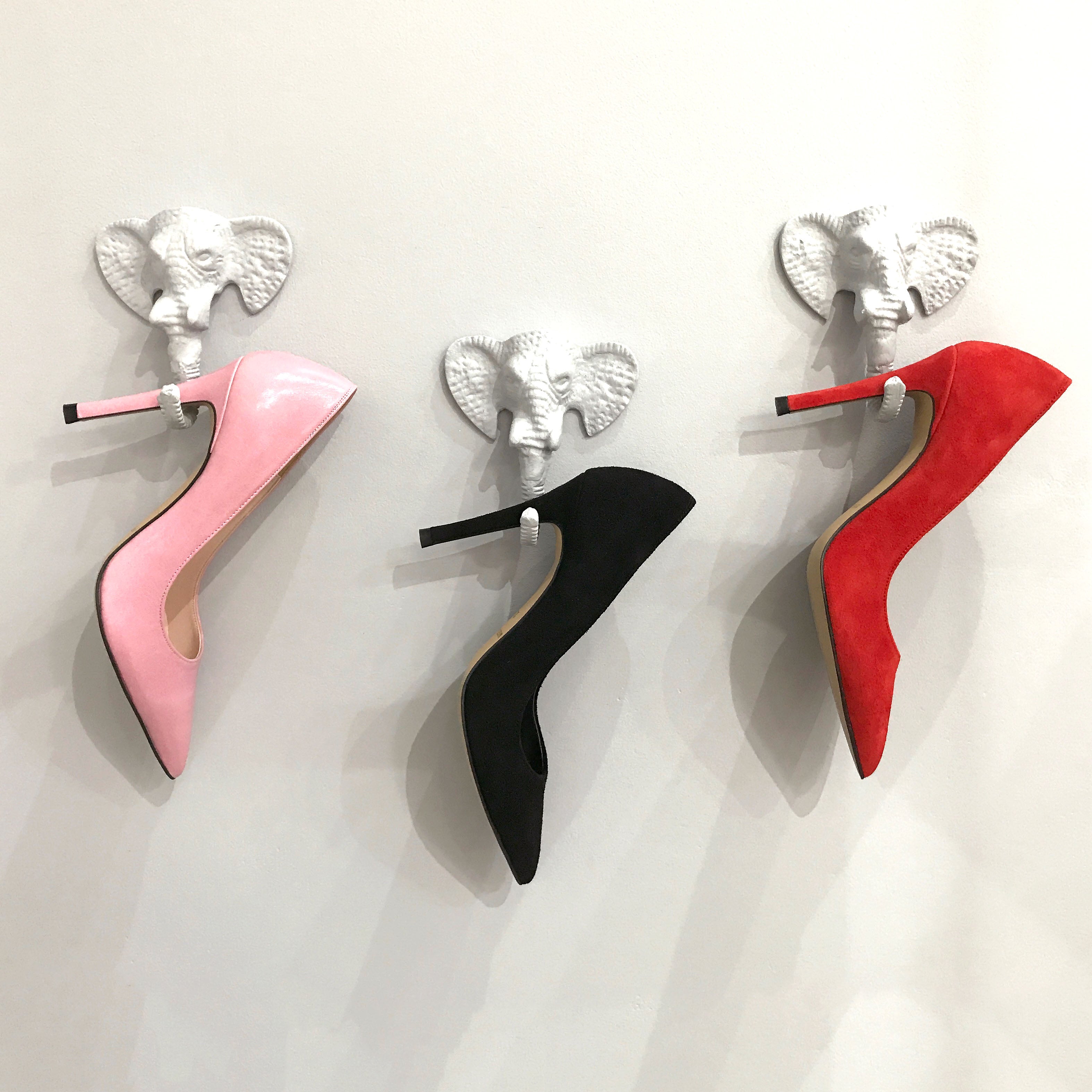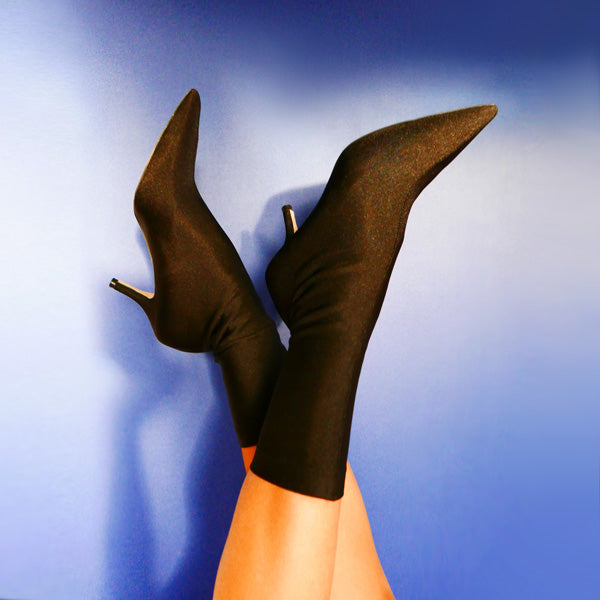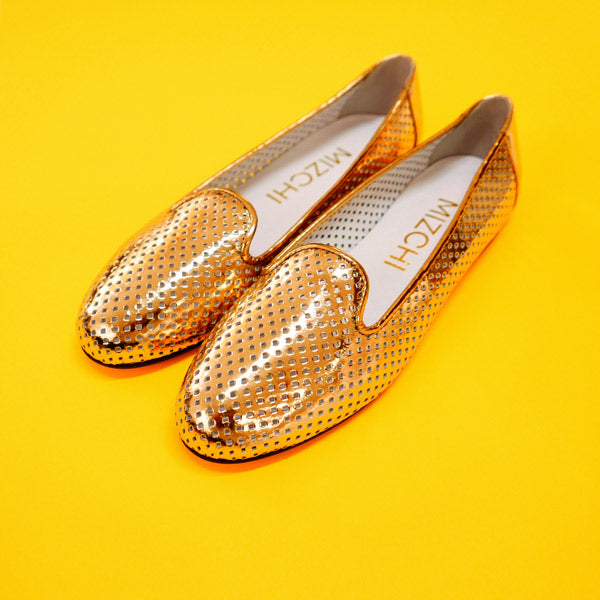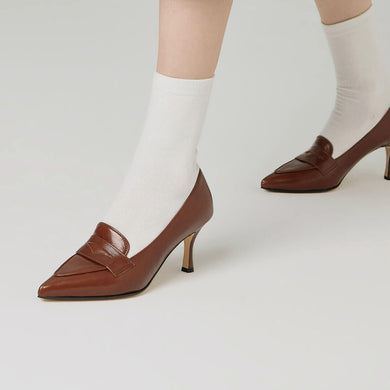Size 1 Heels and Size 2 Heels Need to Fit Right!
"When it comes to selecting the right petite size 1 heels and size 2 footwear, the age-old saying 'If the shoe fits, wear it' holds true for all of us. However, when it comes to your small feet women's footwear, the idea of buying shoes they'll 'get used to' can prove to be a costly mistake. Thus, a new mantra comes to mind: 'If your shoe doesn't fit, don't you wear it.'

EARLY-ONSET FOOT ISSUES
A study conducted by the National Health Institute revealed a worringly high % of women with UK size 13 to UK size 3 experience foot deformities, including conditions like hallux valgus, commonly known as bunions. These deformities are often linked to poorly fitting footwear. So you need to take care when buying petite shoes and don't be prepared to accept a poor fit for the sake of saving money. Well made petite shoes are well worth it in the long run.

MISSED SIZING of size 1 , size 2 and size 2.5 shoes BY A LARGE MARGIN
Another study, involving more than 2,100 individuals, unveiled that 65% of all women are wearing the wrong petite shoe size. Of the people studied, 47% had shoes that were one size or two sizes too big. Surprisingly, 52% of those surveyed had never measured their feet before, relying instead on visual estimates and previous (no doubt unsatisfactory) shoe buying experiences.
Many of the foot problems adults face can be traced back to wearing ill-fitting shoes in their formative years. Their well-intentioned parents often repeat the shoe-buying habits of their own parents, perpetuating the issue.

7 COMMON MISCONCEPTIONS THAT LEAD TO INCORRECT SHOE SIZES BEING CHOSEM
-
Gauging the fit by matching the sole of a new shoe to your foot may seem reasonable, but the interior of a shoe can be significantly smaller than its exterior.
-
Squeezing the shoe's front end with your foot inside may give the impression of a good fit, but we often naturally curl our toes in response to shoe pressure, making this method unreliable.
-
Asking a yourself how the shoe feels when you don't even know what a proper fit should feel like.
-
Assuming that the size you bought in the past will work for you 10 years later - all feet (especially petite feet) can change significantly over time.
-
Shopping for shoes early in the day doesn't consider the fact that feet, swell as the day progresses.
-
Assuming that uour feet are identical to each other, when in reality, they can vary in length, width, and thickness. One foot may be size UK 2 shoes and the other in fact UK 2.5 shoes. Always size to the bigger foot.
-
Believing that shoe sizes are consistent among brands, despite significant variations among domestic and foreign manufacturers. See our petite foot size guide and measure your feet https://pretty-small-shoes.com/pages/size-guide
A major study presented at an American Academy of Orthopedic Surgeons annual meeting found that a huge % of the shoes sold to 248 randomly adults were significantly bigger than the advertised size. Always buy your UK size 13 to UK size 3 shoes from a genuine petite shoe specialist as mainstream brands often fudge thier declared sizing to try to sell you more shoes.
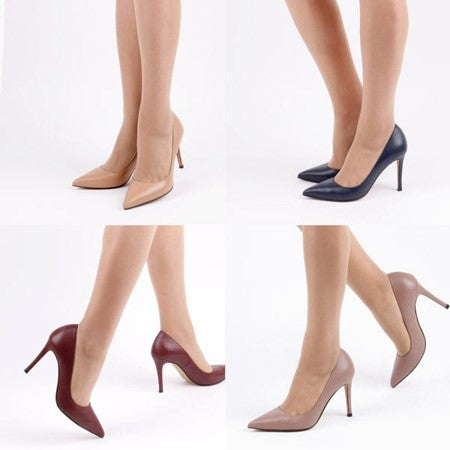
THE PITFALLS OF TOO-BIG SHOES FOR WOMEN
Most foot problems in petite size adults caused by ill-fitting shoes result from footwear that's too loose.
THE RISKS OF OVERSIZED SHOES
While most people are advised to avoid buying shoes that are too small, petite feet women should be cautious about purchasing shoes that are too big. It may be tempting to economize by getting larger shoes above UK 3 and hope you get used to them, but this can lead to dangerous falls and overuse of foot muscles to maintain stability.
The best course of action is to measure your feet as instructed in our size guide (measure in the afternoon for best accuracy of daytime fit). Your small size shoes should also allow about c. 5 millimeters of space between the longest toe (not necessarily the big toe) and the end of the shoe to make sure that you not only have a good fit, but room to move your petite feet also.

